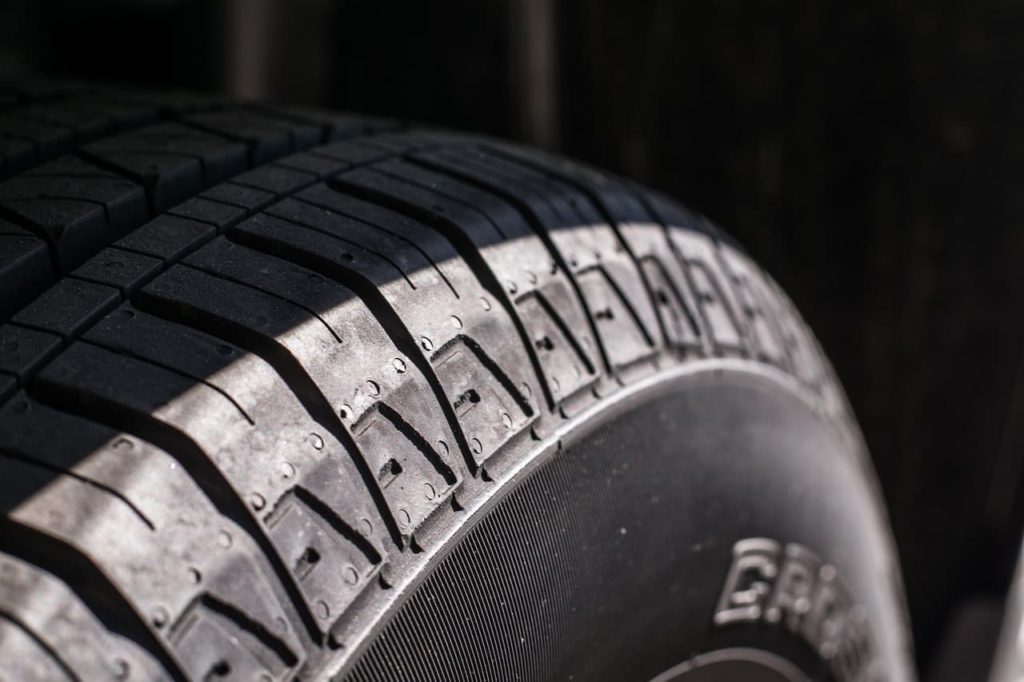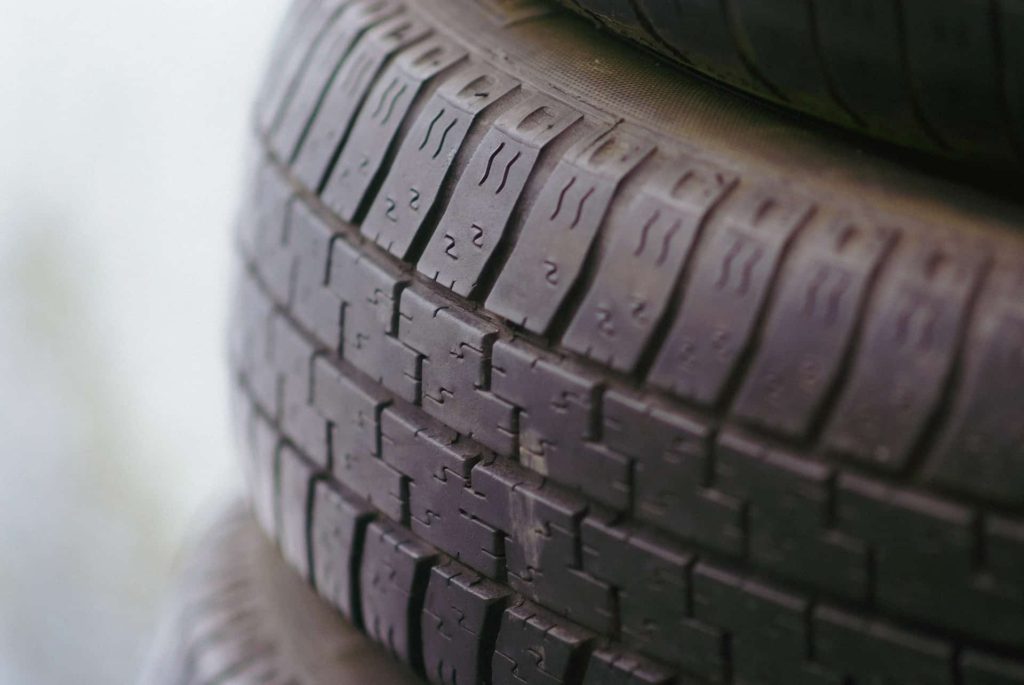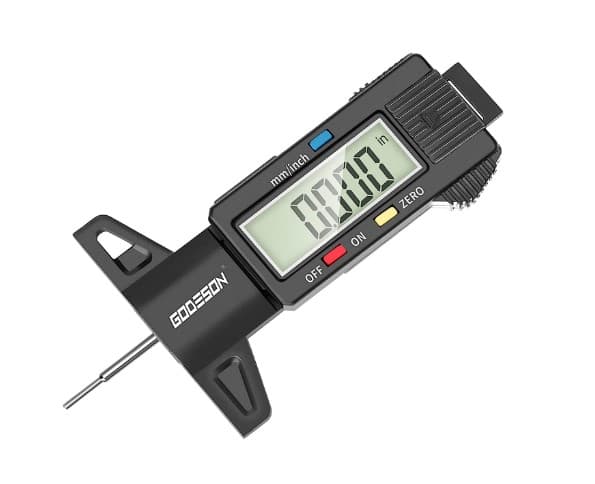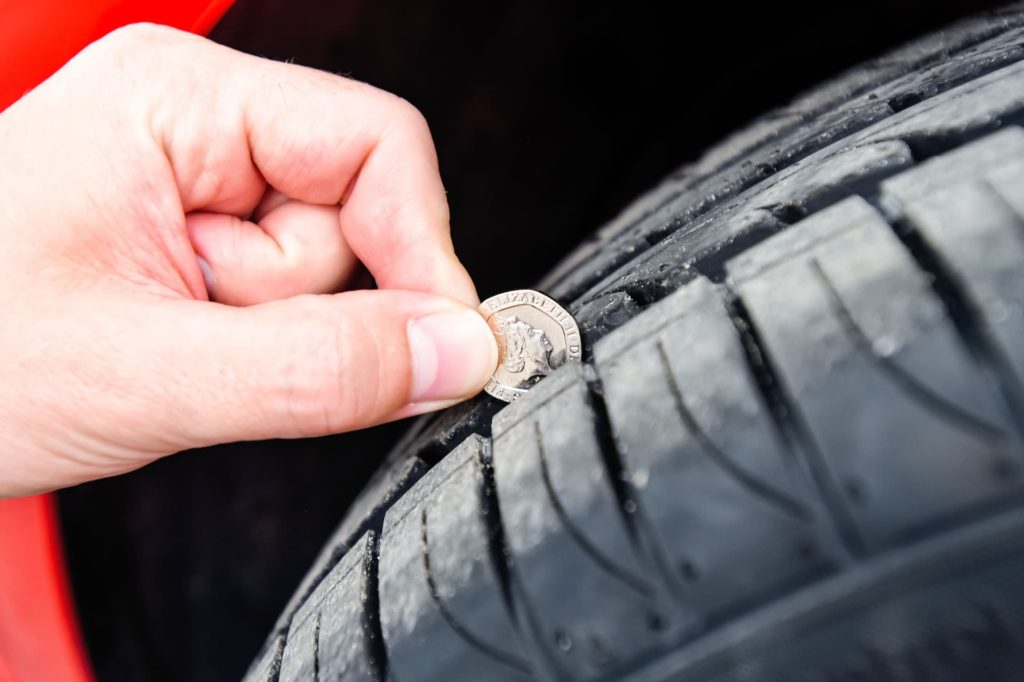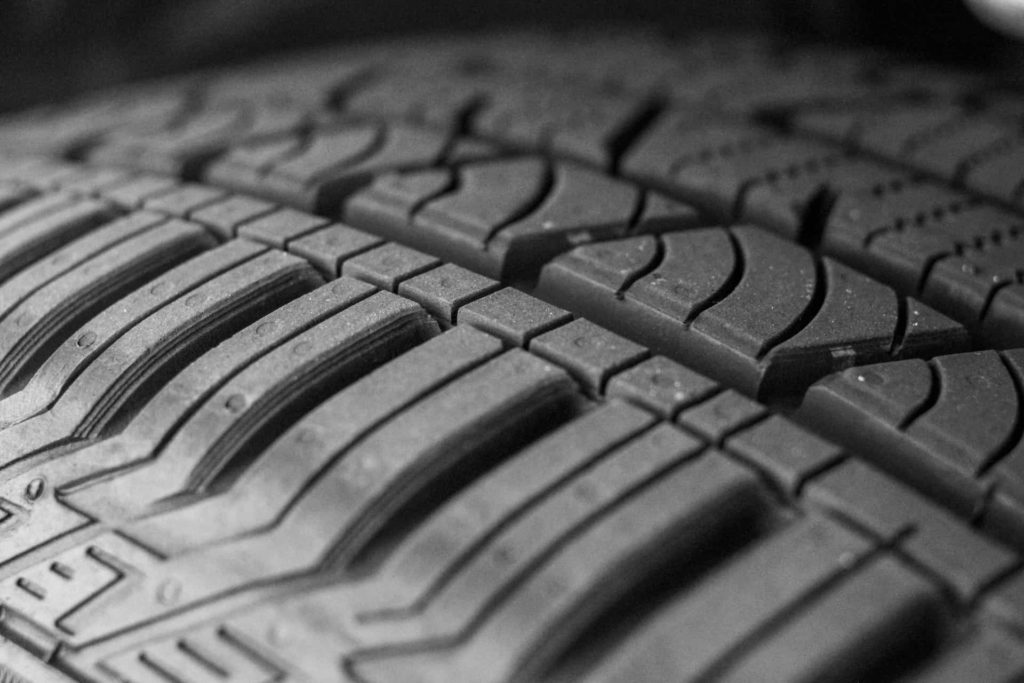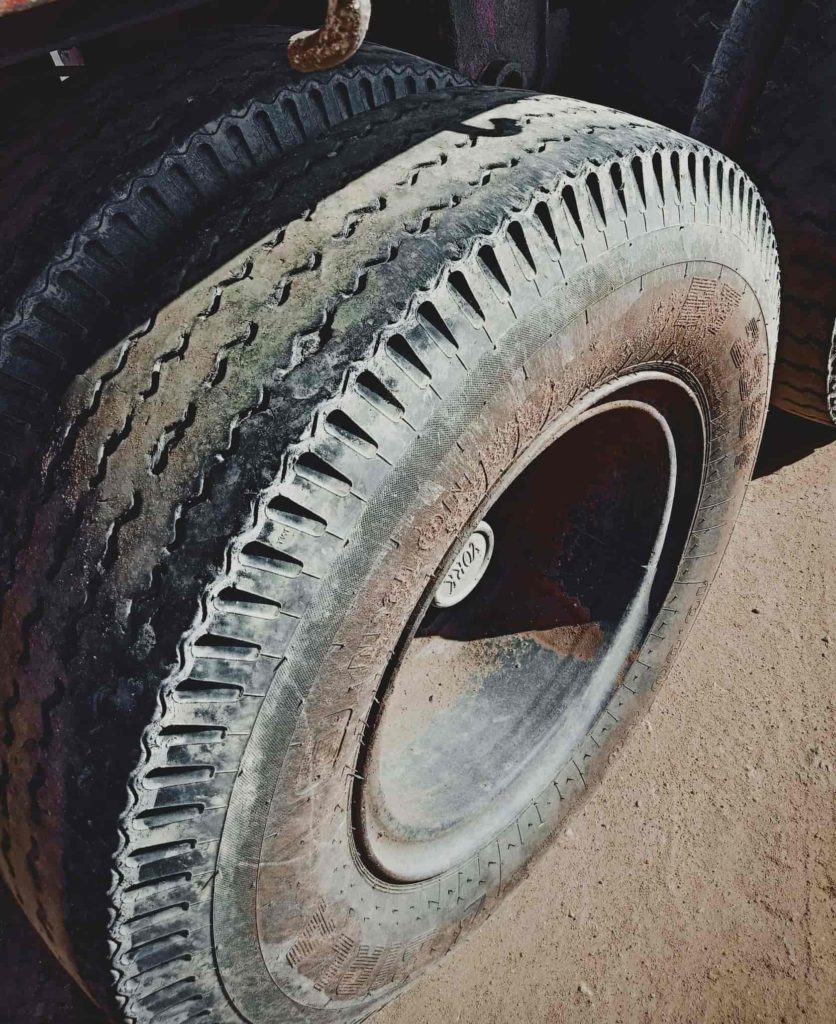Introduction to Tire Treadwear Ratings
Tire treadwear ratings play a crucial role in the world of automotive engineering and consumer decision-making. The longevity and performance of tires are directly linked to their treadwear ratings, making it essential for both manufacturers and buyers to understand this concept.
Tires serve as the primary contact point between a vehicle and the road, affecting its handling, traction, braking capabilities, and overall safety. Therefore, comprehending tire treadwear ratings becomes paramount in ensuring optimal performance, cost-effectiveness, and safety on the road.
Importance of Tire Treadwear Ratings
Tire treadwear ratings hold immense importance for various reasons. Firstly, they provide consumers with valuable information regarding a tire’s expected lifespan under normal driving conditions. This allows drivers to make informed choices when purchasing tires that best suit their needs.
Secondly, treadwear ratings aid in comparing different tire models from various manufacturers objectively. Instead of relying solely on brand reputation or marketing claims, consumers can use these standardized ratings as a benchmark for evaluating durability and long-term value.
Furthermore, tire treadwear ratings assist fleet managers in making decisions about their vehicle’s maintenance schedules and budget allocation for tire replacements. By selecting tires with higher treadwear ratings suited to specific driving conditions or application requirements (e.g., highway driving vs. off-road), fleet managers can minimize downtime and enhance overall operational efficiency.
Overview of Tire Treadwear Ratings
Tire manufacturers assign numerical values to indicate a tire’s expected lifespan based on standardized testing procedures defined by regulatory bodies such as the U.S.-based Tire Industry Association (TIA) or European Tyre Manufacturers’ Association (ETRMA). These values are commonly referred to as “treadwear ratings” or “tread life warranties.” Typically expressed as three-digit numbers (e.g., 300), higher values suggest longer durability.
It is important to note that treadwear ratings are not absolute predictions of a tire’s lifespan, but rather relative indicators when compared within the same brand and model. A tire with a treadwear rating of 400 for instance, is expected to last twice as long as one with a rating of 200.
However, it’s crucial to understand that driving habits, road conditions, and maintenance practices can significantly influence actual tread life. Treadwear ratings also provide insights into a tire’s wear characteristics in terms of traction performance.
A lower number is usually indicative of softer rubber compounds optimized for enhanced grip and handling but may sacrifice longevity. Conversely, higher-rated tires often feature harder compounds designed to prioritize durability while potentially compromising traction capabilities.
Treadwear Ratings
Rating | Description |
100 | Baseline tread wear. A tire with this rating is expected to last as long as the test tire under controlled conditions. |
200 | Tread is expected to last twice as long as a tire with a 100 rating. |
300 | Tread is expected to last three times as long as a tire with a 100 rating. |
400 | Tread is expected to last four times as long as a tire with a 100 rating. |
500 | Tread is expected to last five times as long as a tire with a 100 rating. |
600+ | Tread is expected to last six times or more as long as a tire with a 100 rating. These are typically high mileage, premium tires. |
Understanding Tire Treadwear Ratings
Purpose of Treadwear Ratings
Treadwear rating refers to a standardized measurement that provides consumers with an indication of how long they can expect their tires to last. It is an essential factor to consider when purchasing new tires because it helps in evaluating their durability and longevity. The treadwear rating is typically displayed as a numerical value, often ranging from 100 to 800 or higher.
The higher the number, the longer the tire is expected to retain its tread life. However, it’s important to note that this rating does not provide an exact lifespan; rather, it serves as a relative comparison between different tire models.
How Treadwear Ratings are Determined
Treadwear ratings are determined through rigorous testing procedures set forth by regulatory organizations such as the Department of Transportation (DOT) in the United States. These tests involve subjecting tires to specific driving conditions and monitoring their wear patterns over time.
One common method used for testing is known as the “ISO Test,” which includes driving cars equipped with the test tires on predefined routes for a certain distance under controlled conditions. The mileage covered during these tests is then compared with a standard reference tire’s performance under identical conditions.
Testing Procedures and Standards
To ensure consistency and accuracy various testing procedures and standards are established by regulatory bodies. These procedures encompass specific test routes, speeds, loads, weather conditions, and other variables that mimic real-world driving scenarios.
The ISO Test specifies a total distance of 6,214 miles (10,000 kilometers), divided into multiple stages covering diverse road surfaces such as highways or city streets. Additionally, regulatory bodies often establish guidelines for maintaining consistent tire pressure throughout these tests to eliminate any bias caused by under- or over-inflated tires.
Factors Influencing Tire Wear
Several factors contribute to tire wear, thereby influencing treadwear ratings. Firstly, the tire compound composition plays a significant role. Softer compounds tend to provide superior traction and grip but may wear out faster. Contrarily, harder compounds generally offer longer tread life but may sacrifice some traction capabilities.
Secondly, driving habits and patterns significantly impact tire wear. Aggressive driving styles involving rapid acceleration, frequent braking, or sharp cornering can accelerate treadwear. Furthermore, road conditions like rough terrains or extreme weather elements such as excessive heat or heavy rain can also impact tire wear rates.
Proper tire maintenance practices like regular rotation, alignment checks, and maintaining optimal tire pressure are crucial in maximizing tread life. By understanding the purpose of treadwear ratings as well as the methods used for their determination, consumers can make informed decisions when selecting tires for their vehicles.
The Role of Tread Depth in Treadwear Ratings
Tread depth refers to the measurement of the vertical distance between the top surface of a tire’s tread and its deepest grooves. Essentially, it indicates how much rubber is left on the tire before it becomes excessively worn. Tread depth is crucial because it directly impacts a tire’s ability to maintain traction and grip on various road surfaces, especially in adverse conditions.
Relationship Between Tread Depth and Tire Performance
Adequate tread depth plays a pivotal role in ensuring optimal traction and grip of tires. As tires wear down over time their ability to effectively channel water, snow, or mud away from the contact patch diminishes.
This can lead to reduced traction on wet or slippery roads, increasing the risk of skidding or losing control. On dry roads, shallow treads can still result in compromised grip during acceleration or braking maneuvers.
Hydroplaning Resistance
A significant advantage of maintaining proper tread depth relates to hydroplaning resistance – the ability of tires to disperse water between their treads when driving through wet surfaces. The grooves in a tire’s tread pattern are specifically designed to help evacuate water efficiently to minimize hydroplaning risks by preventing water buildup beneath the tire.
When tire treads wear out significantly their capacity to expel water decreases substantially, making vehicles more susceptible to hydroplaning even at lower speeds. Understanding the relationship between tread depth and tire performance is paramount for maintaining safe driving conditions.
Different Types of Tread Patterns and Their Impact on Treadwear Ratings
Symmetrical, Asymmetrical, and Directional Treads Explained
Tire manufacturers employ various tread patterns to optimize performance under specific conditions. Symmetrical treads feature a uniform pattern across the entire tire surface, allowing them to be rotated in any direction without affecting performance. Asymmetrical treads on the other hand, consist of different patterns on the inner and outer portions of the tire.
This design enhances grip during cornering and improves overall traction. Directional treads have a V-shaped pattern that helps channel water away from the tire’s contact patch, enhancing wet-weather performance.
Performance Characteristics Associated With Each Type
The choice of tread pattern can significantly impact a tire’s performance characteristics. Symmetrical treads often provide a balanced combination of traction, handling, and durability across various road conditions. Asymmetrical treads excel in providing superb grip during cornering while maintaining stability on straight roads. They offer enhanced handling capabilities on both dry and wet surfaces. Directional treads are particularly effective in evacuating water from beneath the tire’s footprint, reducing the risk of hydroplaning.
Noise Reduction Capabilities
Tread patterns also play a role in determining noise levels generated by tires while driving. Symmetrical and asymmetrical tread designs tend to produce lower noise levels due to their evenly distributed tread blocks that minimize vibration and noise generation as they roll over road surfaces. In contrast, directional tread patterns may generate slightly more noise due to their aggressive grooves designed for effective water dispersal.
Tire Composition and Its Influence on Treadwear Ratings
Tire Compound Composition
Tire compounds refer to the blend of rubber, fillers, additives, and chemicals used in tire manufacturing. The composition varies depending on the specific tire’s intended purpose or performance characteristics. Generally, tire compounds can be classified as either soft or hard, each serving different purposes based on factors such as grip, tread life, and overall performance.
How Different Compounds Affect Tread Life
Soft compound tires are designed for enhanced grip by maximizing contact with the road surface. These tires tend to have shorter lifespans due to increased wear rates caused by the softer rubber compounds used.
On the other hand, hard compound tires prioritize longevity by utilizing more durable rubber formulations that resist wear over an extended period. However, this increased durability often comes at a slight expense of reduced traction levels compared to softer compounds.
Factors that Influence Tire Wear Rate
Driving Habits and Patterns
Driving habits play a significant role in determining how quickly tires wear down. Aggressive driving styles involving rapid acceleration, hard braking maneuvers, or excessive cornering put more stress on tires’ tread surface leading to faster wear rates compared to conservative driving styles marked by smoother inputs.
Road Conditions
Road conditions can significantly impact tire wear rates as well. Smooth highways tend to cause less abrasion compared to rough terrains or poorly maintained roads with potholes or debris. Weather elements such as extreme heat, heavy rain, or snowy conditions can also accelerate tire wear due to increased friction, hydroplaning risks, or temperature-related compound degradation.
Numerical Treadwear Rating System
Tire treadwear ratings are denoted by a three-digit number assigned by manufacturers. The higher the rating number the longer the expected tread life of the tire. For example, a tire with a treadwear rating of 500 is expected to last twice as long as one with a rating of 250 under similar usage conditions.
By understanding different types of tread patterns and their impact on treadwear ratings, consumers can make informed decisions when selecting tires based on their specific needs and driving conditions. Comprehending how tire compounds influence tread life allows for balancing performance requirements with longevity expectations.
Awareness of factors that influence tire wear rates help drivers to adopt appropriate driving habits and account for variable road conditions to extend their tires’ lifespan. Ultimately, through knowledge-driven choices and responsible maintenance practices, individuals can maximize safety and value while optimizing performance from their tires for an enjoyable driving experience.
